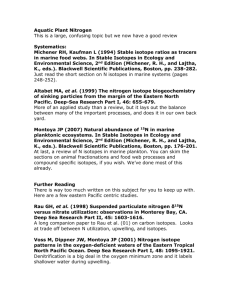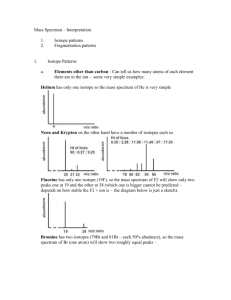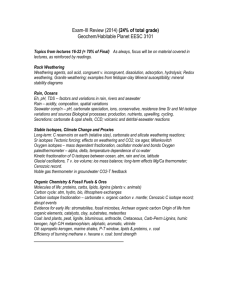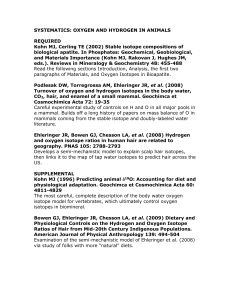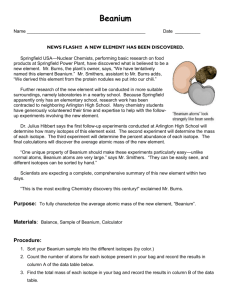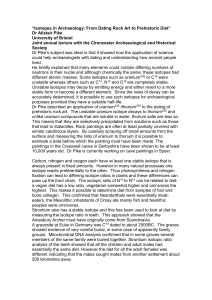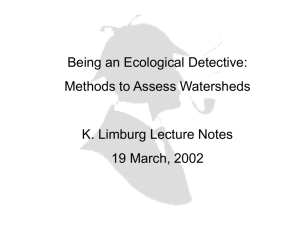Mo and Ni isotope systematics in petroleum fluids across subsurface
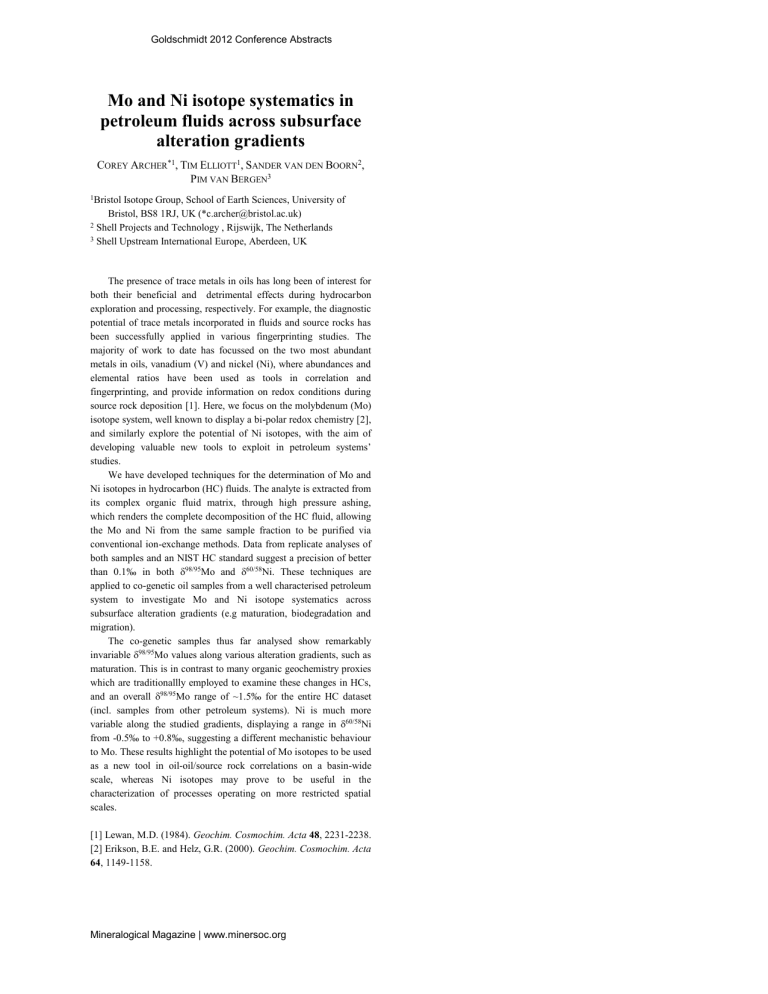
Goldschmidt 2012 Conference Abstracts
Mo and Ni isotope systematics in petroleum fluids across subsurface alteration gradients
C
OREY
A
RCHER
*1 , T
IM
E
LLIOTT
1 , S
ANDER VAN DEN
B
OORN
2 ,
P IM VAN B ERGEN
3
1 Bristol Isotope Group, School of Earth Sciences, University of
Bristol, BS8 1RJ, UK (*c.archer@bristol.ac.uk)
2 Shell Projects and Technology , Rijswijk, The Netherlands
3 Shell Upstream International Europe, Aberdeen, UK
The presence of trace metals in oils has long been of interest for both their beneficial and detrimental effects during hydrocarbon exploration and processing, respectively. For example, the diagnostic potential of trace metals incorporated in fluids and source rocks has been successfully applied in various fingerprinting studies. The majority of work to date has focussed on the two most abundant metals in oils, vanadium (V) and nickel (Ni), where abundances and elemental ratios have been used as tools in correlation and fingerprinting, and provide information on redox conditions during source rock deposition [1]. Here, we focus on the molybdenum (Mo) isotope system, well known to display a bi-polar redox chemistry [2], and similarly explore the potential of Ni isotopes, with the aim of developing valuable new tools to exploit in petroleum systems’ studies.
We have developed techniques for the determination of Mo and
Ni isotopes in hydrocarbon (HC) fluids. The analyte is extracted from its complex organic fluid matrix, through high pressure ashing, which renders the complete decomposition of the HC fluid, allowing the Mo and Ni from the same sample fraction to be purified via conventional ion-exchange methods. Data from replicate analyses of both samples and an NIST HC standard suggest a precision of better than 0.1‰ in both 98/95 Mo and 60/58 Ni. These techniques are applied to co-genetic oil samples from a well characterised petroleum system to investigate Mo and Ni isotope systematics across subsurface alteration gradients (e.g maturation, biodegradation and migration).
The co-genetic samples thus far analysed show remarkably invariable 98/95 Mo values along various alteration gradients, such as maturation. This is in contrast to many organic geochemistry proxies which are traditionallly employed to examine these changes in HCs, and an overall 98/95 Mo range of ~1.5‰ for the entire HC dataset
(incl. samples from other petroleum systems). Ni is much more variable along the studied gradients, displaying a range in 60/58 Ni from -0.5‰ to +0.8‰, suggesting a different mechanistic behaviour to Mo. These results highlight the potential of Mo isotopes to be used as a new tool in oil-oil/source rock correlations on a basin-wide scale, whereas Ni isotopes may prove to be useful in the characterization of processes operating on more restricted spatial scales.
[1] Lewan, M.D. (1984). Geochim. Cosmochim. Acta 48 , 2231-2238.
[2] Erikson, B.E. and Helz, G.R. (2000). Geochim. Cosmochim. Acta
64 , 1149-1158.
Mineralogical Magazine | www.minersoc.org
